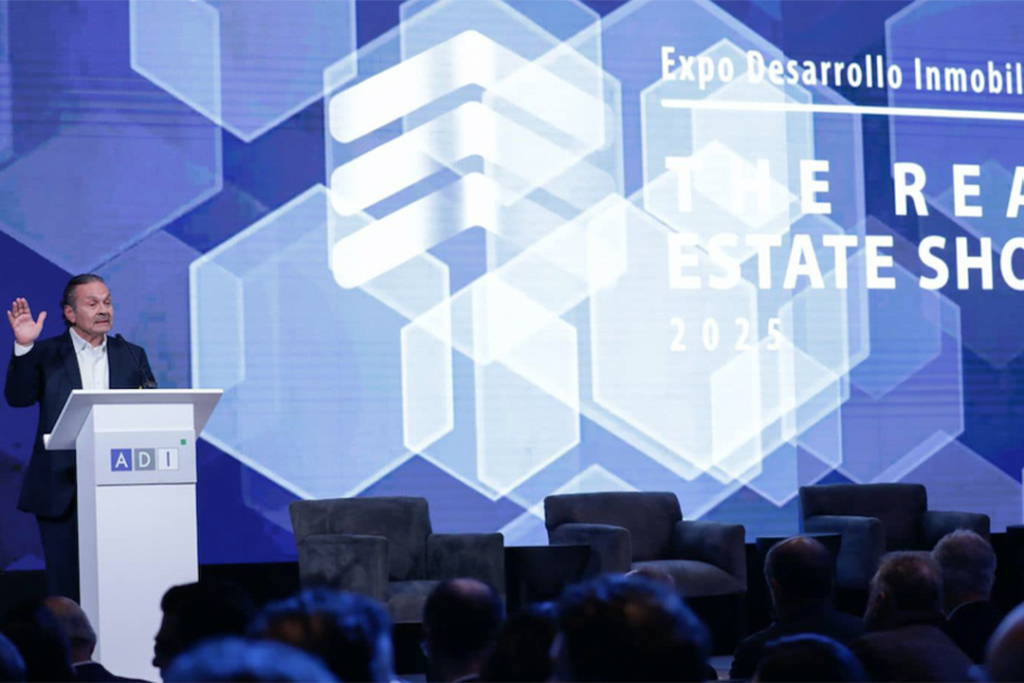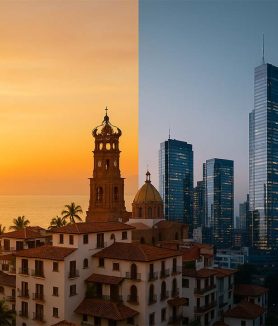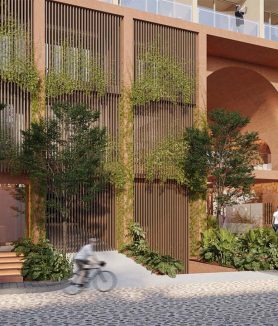Amid a complex geopolitical environment and a reshaping global economy, the Mexican real estate sector is moving forward with a firm, if cautious, pace. For 2025, the Association of Real Estate Developers (ADI) projects investments of $15 billion, a 3.5% increase over the previous year. This figure, while reflecting confidence in the country's structural potential, also reveals a cautious strategy in the face of persistent risk factors.
Investments will be focused on three strategic fronts: housing, industrial development, and tourism. The expectation is ambitious: to trigger more than 355,000 direct and indirect jobs, revitalize key regions, and respond to phenomena such as the demographic dividend, nearshoring, and the recovery of tourism.
Caution in a Systemic Risk Scenario
However, optimism is accompanied by a keen awareness of the risks facing the sector. Jaime Fasja, president of the ADI, has been emphatic: developers' approach is marked by restraint. "We are coming out of a period of uncertainty that forced us to postpone key decisions. Although macroeconomic conditions are favorable, trade volatility imposes a logic of caution in every project," Fasja stated at the 2025 Real Estate Development Expo.
Trade tensions between Mexico and the United States, particularly the threat of new tariffs, continue to generate noise. A concrete example is the rise in steel prices, which could increase real estate development costs by up to 10%. Added to this are worrying signs, such as the withdrawal of companies from industrial parks in Monterrey, a phenomenon directly linked to trade uncertainty.
Internal Barriers: Procedures, Coordination and the Rule of Law
In addition to international challenges, there are structural obstacles within the country. The Mexican Real Estate Agency (ADI) has repeatedly warned about excessive bureaucracy and a lack of coordination between levels of government, factors that erode legal certainty. The recent renewal of the judicial system has raised additional concerns. For investors, institutional stability is an essential condition.
Sector Diversification and Resilience Strategy
Despite the complex environment, the Mexican real estate sector has adapted, focusing on diversification that mitigates risks and enhances opportunities:
- Residential: With growing structural demand, the housing market continues to be a long-term driver.
- Industrial: The relocation of production chains (nearshoring) maintains demand for industrial space, despite some signs of volatility.
- Tourism: The country is capitalizing on its international appeal in a context of post-pandemic recovery, with new developments in strategic destinations.
A Cautious Bet with a Long-Term Outlook
The figure projected by the ADI not only represents an investment, but also a vote of confidence in Mexico. However, its realization depends on multiple variables: political stability, regulatory clarity, administrative efficiency, and, above all, legal certainty.
Real estate development in Mexico continues unabated, but neither does it advance blindly. It is built with a long-term vision, adaptability, and a prudence that reflects the lessons of recent years. The challenge is clear: transform this measured optimism into tangible results. To achieve this, it will be essential for the public and private sectors to work in unison.












